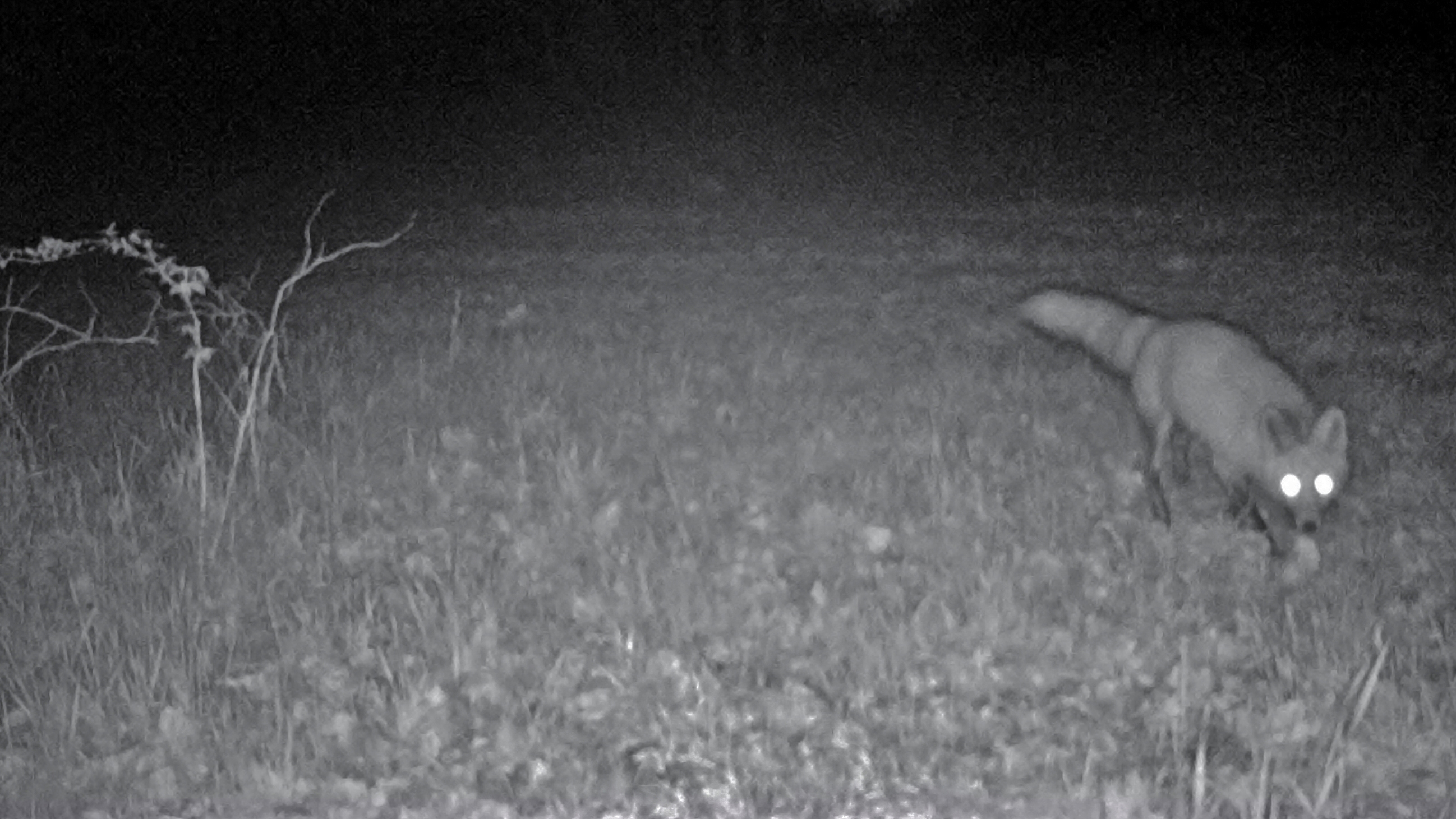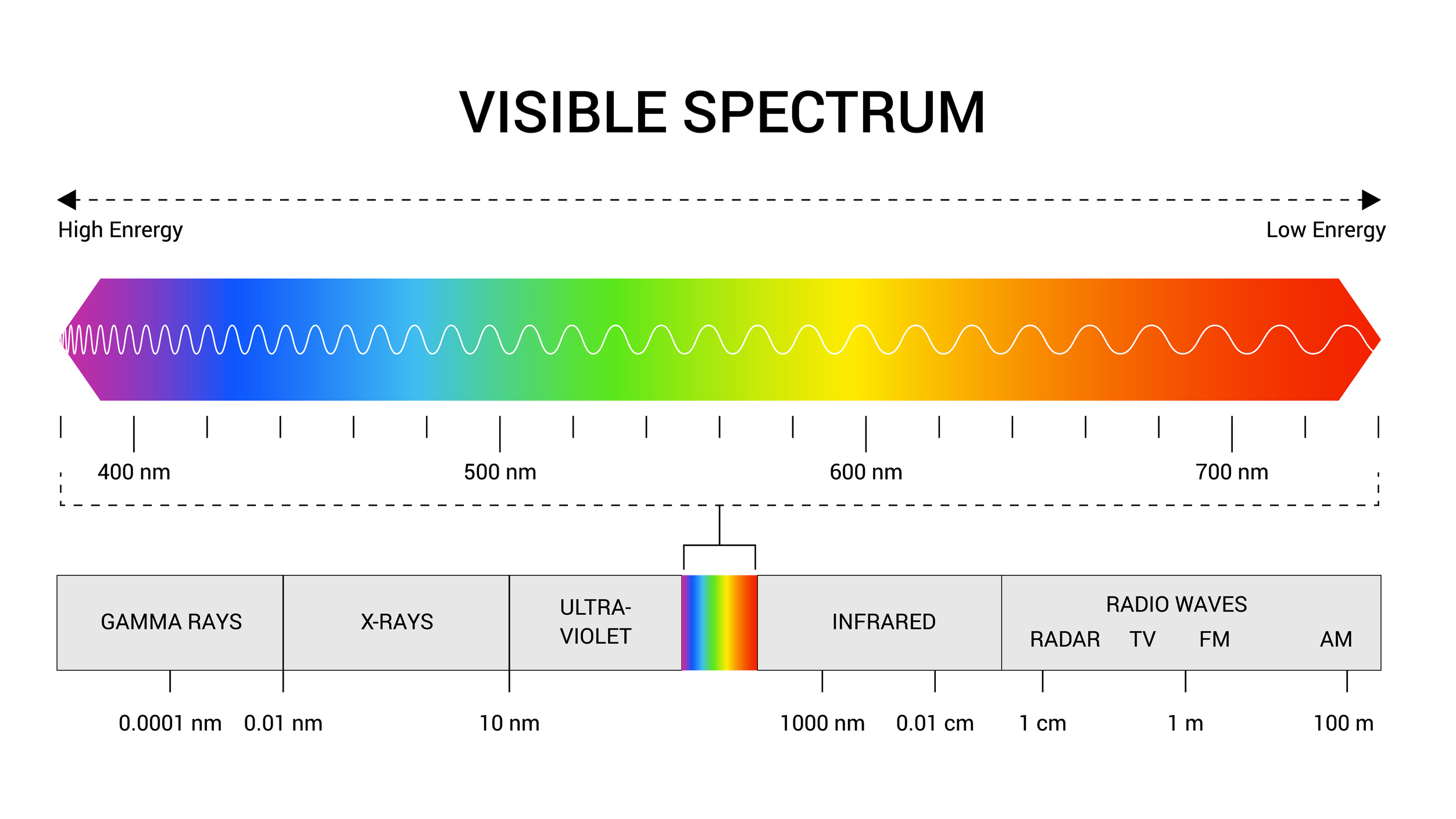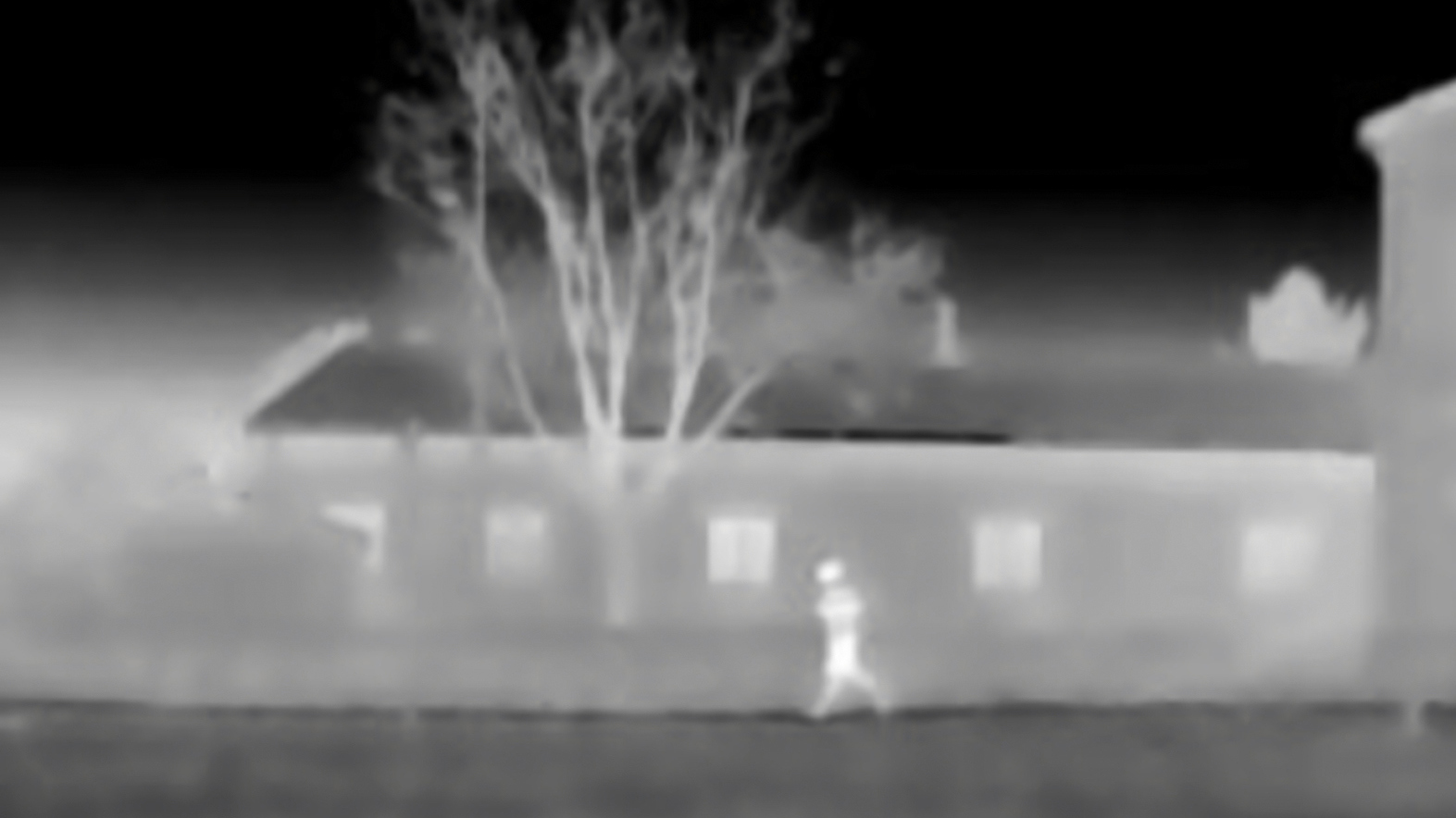How do night vision binoculars work? Let us illuminate you
Ever pondered how night vision binoculars work? Our mission (and we chose to accept it) is to enlighten you on image enhancement and thermal optics

Night vision binoculars take what's already a clever bit of kit, a pair of binoculars, and add a whole other super power – the ability to see in the dark. For most of us, night vision is something we've seen portrayed in Hollywood films or in Playstation games, yet military personnel, law enforcement officers, serious wildlife photographers and many more make use of this ingenious tech.
The best binoculars work by collecting light, flipping the image around the right way and magnifying it for our pleasure. Our guide on how do binoculars work focusses in on this more closely. Here, we’re concerned with how night vision binoculars turn darkness on its head, utilising a blend of ingenious optics, science and electronics to deliver owl-like sight in the dark.
There are two different approaches: image enhancement, the ghoulish green image we often associate with night vision, and thermal imaging, the visualisation of heat sources that you’re probably familiar with from spy flicks. Let’s delve into each…
Meet the expert

Passionate about mountain exploration and with a keen interest in astronomy and wildlife, Alex enjoys enhancing his adventures with binoculars. He grew up with his birdwatching parents on the Solway Firth, an estuary between England and Scotland and one of the UK’s premier birdwatching sites. These days, he takes binoculars on every hiking and camping trip, as he knows all too well the added value they provide.
Image enhancement
- Image enhancing optics intensify what little visible light there is
- They don't work at all in total darkness, as there's no light to enhance
- It works by turning photons into electrons
- The electrons are multiplied in a process called cascaded secondary emission

Also known as image intensification, image enhancing optics rely on collecting whatever visible light is present in a given field of vision, as well as the lower portion of infrared, no matter how dim or dark it is. However, in total darkness, there’s no visible light to collect, rendering image enhancement impossible.
Fortunately, total darkness is fairly rare and image enhancing optics can amplify any tiny amounts of light that are present to provide an image. These kinds of optics are often called night-vision devices or NVDs. They use an image-intensifier tube, to turn near darkness into something that's much more visible. The tube requires a power source to supply the needed voltage, which is why night vision binoculars often require batteries. Here’s how it all works:
After being captured by the binoculars’ objective lens, the light travels through a photocathode and is converted from photons (the tiny particles that light is made up of) into electrons (the electricity carrying subatomic particle found in all atoms).
A microchannel plate (or MCP) is used, in conjunction with the high voltage, to multiply the electrons. This MCP is a clever little device that contains millions of fiber-optic channels, has metal electrodes on other side and is contained in a vacuum. As the electrons hit the electrodes, they are accelerated, causing thousands of other electrons to be released through the channels. This process is called cascaded secondary emission.
All the latest inspiration, tips and guides to help you plan your next Advnture!

- The electrons collide with a screen, creating a proportional image
- This image is then viewed through the ocular lens of the binoculars
Now at the far end of the image-intensifier tube, the amplified electrons collide with a screen coated with phosphors, solid materials that emit light when exposed to an electron beam.
Incredibly, the alignment of the electrons hitting the screen is the same as the alignment of the original photons collected by the objective lens, so the resulting image is exactly proportional. The phosphors emit the green light that we’ve become so familiar with when considering this kind of night vision.
This green image is viewed by the eye through an ocular lens, which gives the viewer the option of magnifying and focussing the image.
Thermal imaging
- Thermal imaging devices collect infrared light and create an image
- This is why anything that emits heat stands out
- This is because warm objects emit more infrared

Gamers and action movie buffs will be familiar with the concept of thermal imaging, even if they’ve never lifted a pair of night vision goggles to their eyes in real life. Back in the day, I put virtual thermal imaging to excellent use while stealthily sneaking past adversaries in the Metal Gear Solid game series. But what is thermal imaging and how does it work in the actual real world?
Thermal imaging devices collect the upper portion of the emitted infrared light and create an image from it. This is why people and animals or radiators and ovens – basically anything emitting heat – stand out when viewed in this way. One of the main differences between image enhancement and thermal imaging is that the latter works in total darkness.
Let’s start with a bit of science. Warm objects emit infrared light. Infrared lies just beyond the red end of the electromagnetic spectrum, which is also just beyond what the human eye can see. However, just because we can’t see it, doesn’t mean it’s not there.

- In thermal imaging binoculars, a special lens focusses the emitted infrared light
- This is turned into a thermogram, which is convered into electric impulses
- These are sent to a signal-processing unit, converted into data and sent to the display
In thermal imaging binoculars, a special lens focusses the emitted infrared light from the objects it’s pointed towards. It then employs a phased array of infrared detector elements to create a thermogram, which is basically an intricate temperature pattern.
This pattern is then converted into electric impulses that are sent to a signal-processing unit. Within the signal-processing unit is a chip that converts the impulses into data to be sent to the display.
Often, the image produced is in black and white, with the hotter objects appearing brighter than the cooler ones. However, some thermal binoculars have the option of color, which adds clarity to the overall image.

Alex is a freelance adventure writer and mountain leader with an insatiable passion for the mountains. A Cumbrian born and bred, his native English Lake District has a special place in his heart, though he is at least equally happy in North Wales, the Scottish Highlands or the European Alps. Through his hiking, mountaineering, climbing and trail running adventures, Alex aims to inspire others to get outdoors. He's the former President of the London Mountaineering Club, is training to become a winter mountain leader, looking to finally finish bagging all the Wainwright fells of the Lake District and is always keen to head to the 4,000-meter peaks of the Alps. www.alexfoxfield.com

